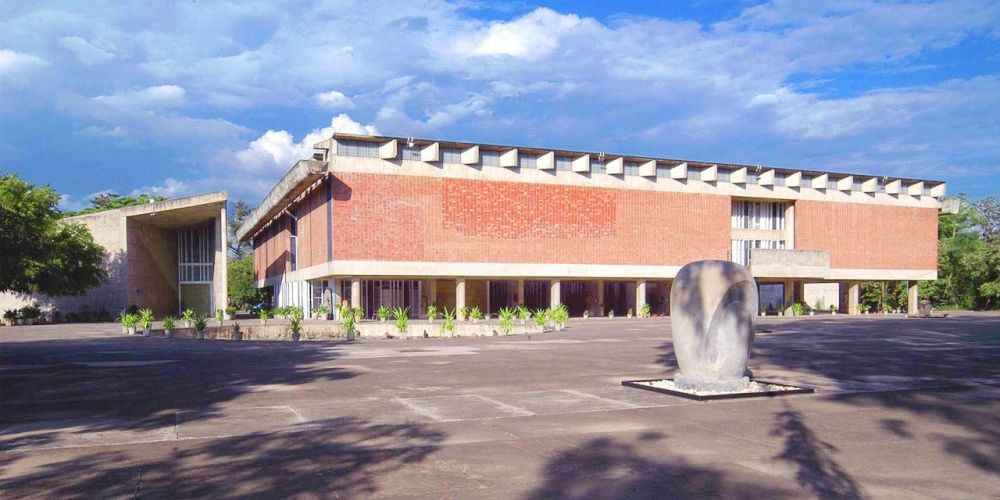

Established in August 1947, the Government Museum and Art Gallery in Chandigarh is a prominent cultural institution in Punjab, India. It was born out of the partition of India, when the division of the collections of the Central Museum of Lahore was ordered and part of it came to India. This marked the inception of the Government Museum and Art Gallery's prestigious collection.
Designed by the Swiss-French architect, Le Corbusier, the museum building is an embodiment of the Modernist style and stands as a piece of art in its own right. It is located in the sector-10 of Chandigarh's beautifully planned cityscape and is part of the Capitol Complex, which was included in UNESCO’s World Heritage List in July 2016.
Since its inception, the Government Museum and Art Gallery has been a notable attraction for art connoisseurs, historians, and tourists for its extensive collection that includes Gandharan sculptures, Pahari and Rajasthani miniature paintings, decorative arts, and coins. The museum's reputation as a custodian of India's rich heritage has long attracted national and international visitors, establishing it as a significant point of interest in the region. Its history is closely tied with the narrative of the partition and offers a lens into the past, making it not just a repository of art, but also a witness to India's modern history.
Educational tours have become a significant trend, with schools and universities including visits to the museum as part of their curriculum. Students from art, history, and architecture backgrounds find the museum particularly beneficial for its resourceful collections and the dialogue it opens up about India's artistic traditions.
Interactive exhibits and workshops are regularly conducted to engage the community and tourists. These programs aim to provide hands-on experiences and encourage deeper appreciation of the art and cultural heritage showcased at the museum.
Moreover, the virtual tours became popular as a response to the COVID-19 pandemic, allowing people from around the globe to experience the museum's offerings remotely. This digital transformation has broadened the reach and contributed to the museum’s adaptability in the age of technology.
Another emerging trend is the integration of the museum visit with the exploration of the Chandigarh Capitol Complex and the city's other architectural wonders, often making it part of architectural tourism circuits that highlight Le Corbusier's work and the modernist movement in India.
With its rich past and array of adaptive tourism trends, the Government Museum and Art Gallery continues to be a cornerstone of cultural tourism in Chandigarh, attracting a diverse audience seeking both education and inspiration through its historic and artistic tapestry.